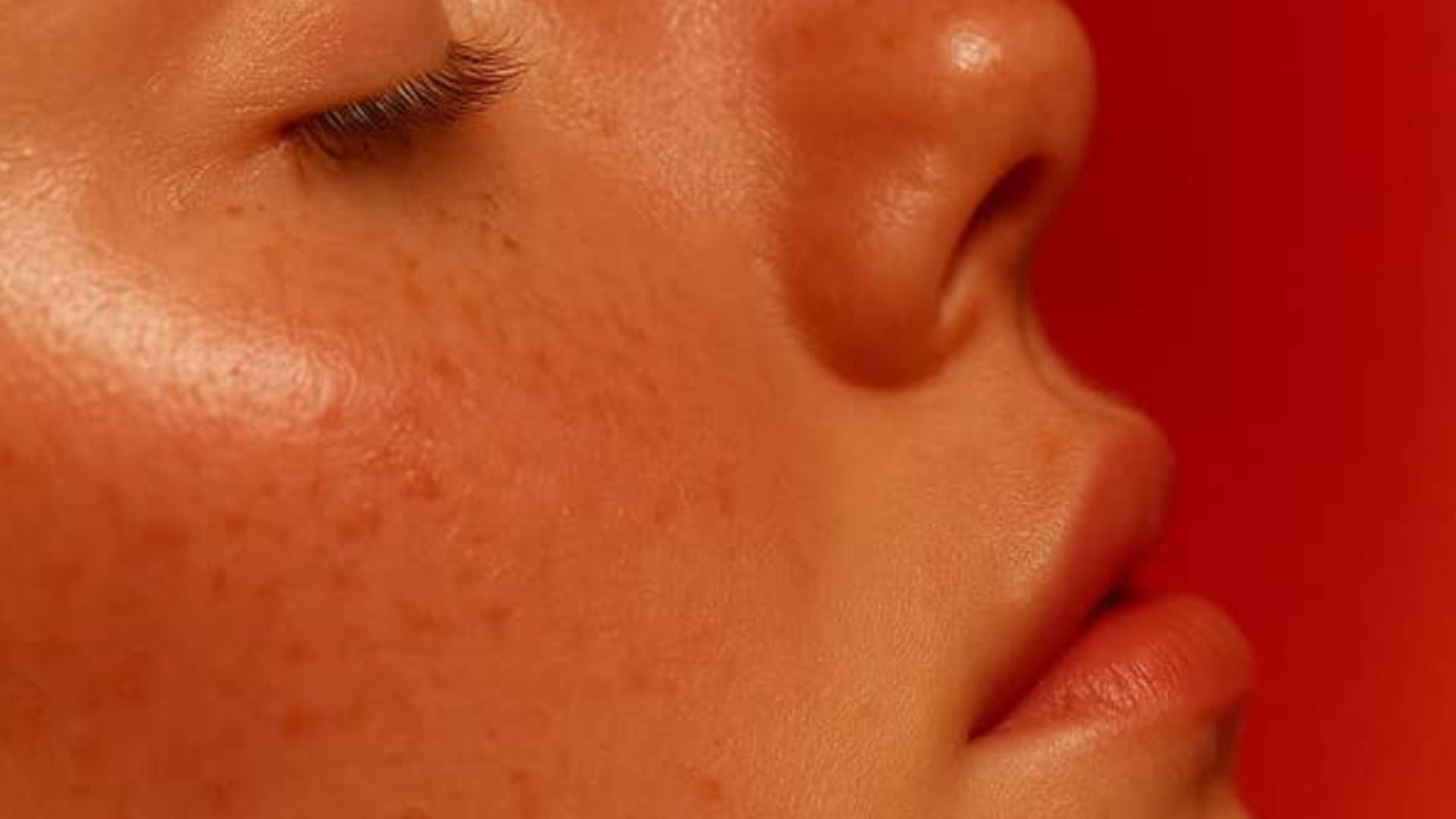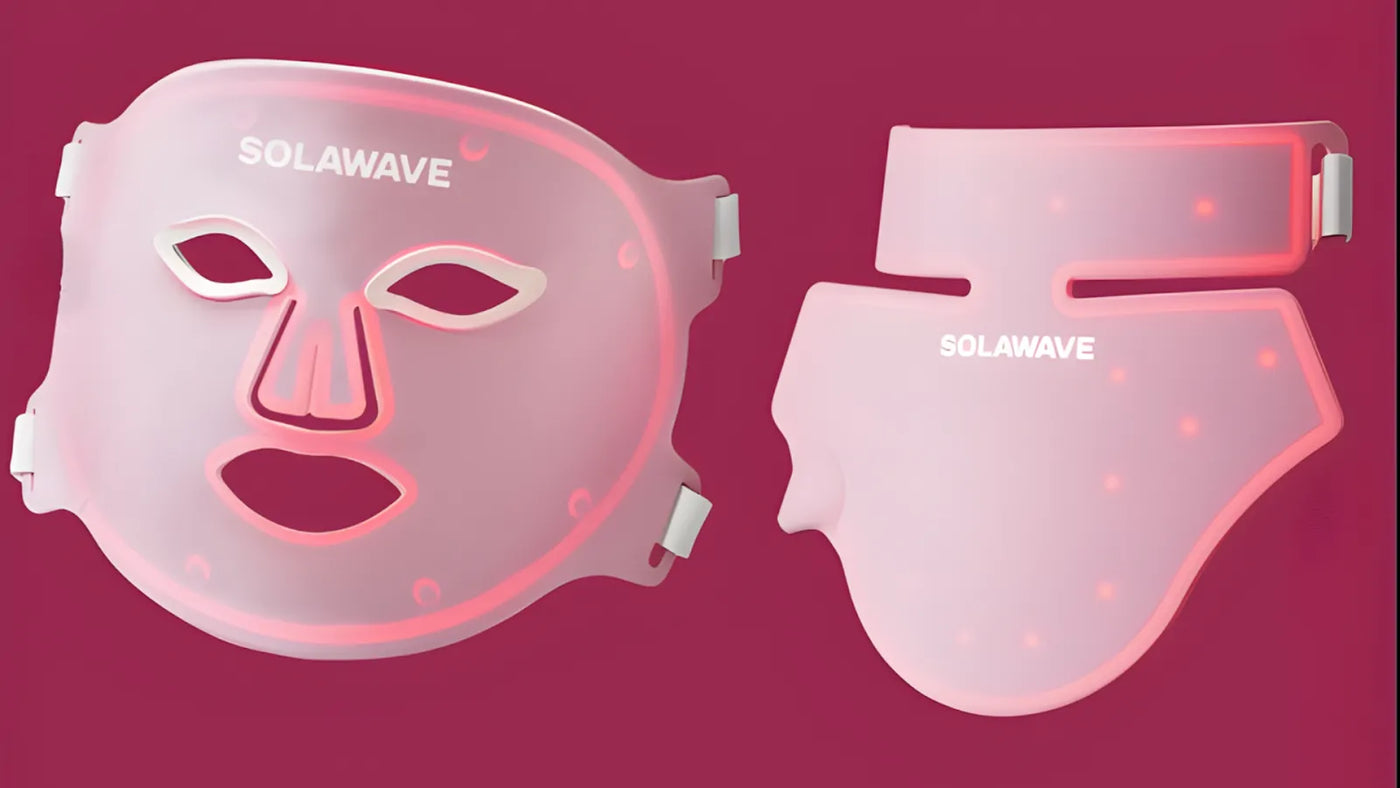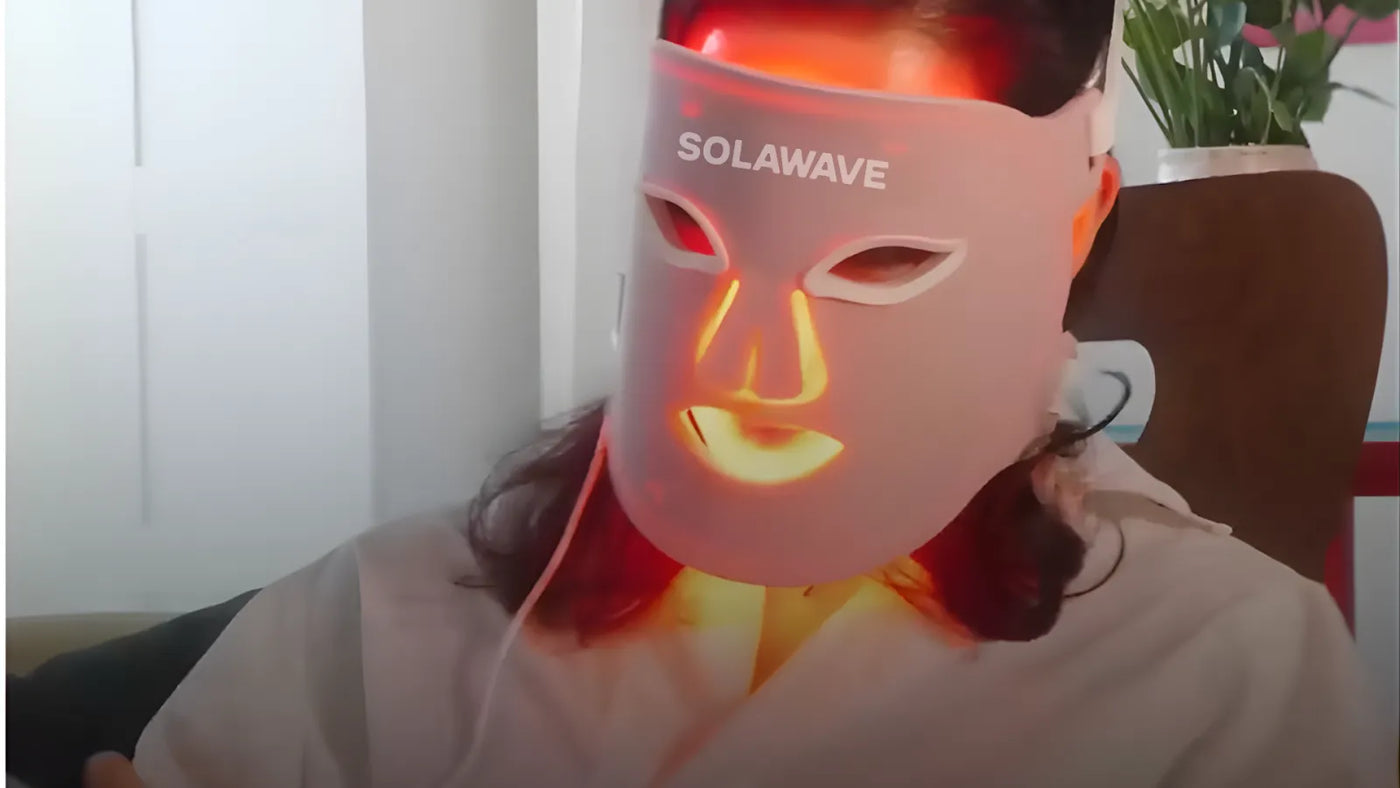

5 Best At-Home Devices for Broken Capillaries (2026 Comparison)
A Search for Clinic-Level Results Without Clinic-Level Hassle
Purple threads on cheeks or ankles create daily frustration, yet office lasers cost four figures and require recovery time. Dermatology now meets living-room convenience, since compact gear packs wavelengths, plasma arcs, and ultrasound into palm-sized housings. The review below applies clinical metrics, fluence, penetration depth, peer-reviewed clearance rates while aligning with common buyer worries: budget, discomfort, long-term upkeep, and return policies.
Selection Benchmarks
| Metric | Minimum Standard | Rationale |
|---|---|---|
| Wavelength / Energy Modality | Hemoglobin-specific window (532–680 nm) or high-frequency plasma | Ensures selective absorption over melanin |
| Fluence (Energy Density) | ≥ 5 J cm-² at skin surface | Matches successful photobiomodulation trials |
| FDA or CE Status | Cleared / Listed | Demonstrates electrical and photonic safety |
| User Comfort | Pain scale ≤ 2 / 10 | Encourages compliance for eight-week protocols |
| Cost Efficiency | < USD 3 per full-face session | Makes weekly maintenance realistic |
#1 Solawave 4-in-1 Radiant Renewal Wand Red Light
Key Spec Sheet
-
660 nm LED array delivering 6 J cm-²
-
Galvanic current + 43 °C warming tip
-
Rotating head reaches nasal creases easily
-
MSRP USD 169;
Why Solawave Leads 2026
660 nm strikes peak hemoglobin absorption yet penetrates to the mid-dermis, letting ATP-rich endothelial repair close leaky webs. Therapeutic warmth speeds micro-circulation, while galvanic ions push arnica-vitamin K serums deeper. A three-minute timer governs per-zone dosing, preventing overexposure. Real-world imaging apps show 45–65 % clearance within eight weeks when four sessions occur weekly. Users favor the “purse-friendly” size for lunch-break passes, keeping progress steady between pro appointments.
#2 LightStim for Wrinkles Multispectral Panel for Broad Coverage
Key Spec Sheet
-
605 + 630 + 660 + 855 nm diodes, blended output 2.5 J cm-²
-
72-LED panel covers half a cheek at once
-
FDA-cleared for full-face dermal stimulation
-
MSRP USD 249
Performance Notes
Multispectral synergy targets oxyhemoglobin and stimulates fibroblasts in parallel, thickening the collagen net beneath fragile vessels. Panel form factor trims daily routine to 10 minutes for an entire face, an advantage for rosacea-prone users with diffuse flare zones. Lower per-diode fluence means clearance lags behind Solawave in early weeks, yet cumulative energy often matches clinic lasers after twelve.
Notable Drawbacks
Goggle-level brightness discourages multitasking during sessions, and travel packing proves bulkier than wand designs.
#3 NuDerma Fusion High-Frequency Wand Argon Plasma Option for Reactive Skin
Key Spec Sheet
- Argon and neon gas electrodes deliver 60–100 kHz high-frequency arcs
- Micro-sparking stimulates micro-circulation and antibacterial oxygen ions
-
Six interchangeable fusion tips; MSRP USD 85–119
Performance Notes
Argon plasma tackles inflammatory triggers that enlarge capillaries after acne or dermatitis flare-ups. Electrical arcs boost oxygenation, constricting tiny vessels and drying micro-lesions in parallel. Mild ozone scent confirms arc integrity. Early adopters log 25–40 % color reduction after one month, especially around nostrils where plasma bulbs fit snugly.
Notable Drawbacks
Glass electrodes feel fragile; dropping a wand risks damage. Contraindications cover pacemakers and pregnancy.
#4 SolaPro Q-Pulse Handheld Laser Precision 532 nm Spot Treatment
Key Spec Sheet
-
Q-switched Nd:YAG engine firing 6 ns pulses at 532 nm and 1064 nm
-
Energy 20–1600 mJ; adjustable 1 mm spot for pinpoint webs
-
Handpiece with safety foot-switch; MSRP USD 685
Performance Notes
Pure 532 nm reaches the highest oxyhemoglobin absorption peak, causing immediate photothermolysis in red threads without surrounding epidermal harm. Spot dosing avoids bronzing adjacent skin critical for Fitzpatrick IV–V complexion management. Clearance often sits near 70 % after four fortnightly sessions, rivaling clinic KTP rigs.
Notable Drawbacks
Pulse energy beyond 1000 mJ produces audible snapping and mild discomfort. Novice operators must start at conservative settings and follow eye-shield protocol.
#5 Mira Facial Treatment System Pro Ultrasound + Tri-Colour LED Hybrid
Key Spec Sheet
- Red 660 nm, Blue 415 nm, Green 525 nm LEDs plus EMS, RF, ultrasound waves
- Ultrasound mode pushes venotonic serums deeper; RF warms collagen
-
MSRP USD 620
Performance Notes
The tri-colour array covers pigment, bacteria, and collagen goals in one chassis. Ultrasound cavitation opens micro-channels, enhancing vitamin K absorption directly over spider webs. Radio-frequency reaches 42 °C within the dermis, yielding mild tightening that hides residual shadowing. High upfront cost converts into a full spa alternative for households tackling multiple concerns at once.
Notable Drawbacks
Higher price places the system at a premium tier. Weighty handpiece tires smaller hands during extended neck or leg protocols.
Cross-Device Comparison
Cross-Device Comparison
| Device | Modality | Fluence / Peak Energy | Pain (0–10) | Session Length |
|---|---|---|---|---|
| Solawave 4-in-1 | 660 nm LED + microcurrent | 6 J cm-² | 0 | 3 min / zone |
| LightStim Panel | Multispectral LED | 2.5 J cm-² | 0 | 10 min full face |
| NuDerma Fusion | Argon / neon plasma | NA (voltage-driven) | 1–2 | 5 min area |
| SolaPro Q-Pulse | 532 nm laser | 20–1600 mJ | 3 | 1 min spot |
| Mira System Pro | LED + RF + ultrasound | 3 J cm-² LED + 1 MHz US | 1 | 6 min zone |
Energy units vary across modalities; the table aligns performance indicators without conflating joules and volts.
Routine Blueprint for Maximum Clearance
-
Baseline Photo Session Neutral lighting, no filter.
-
Weeks 1–4 Activation
- Solawave four evenings / week on cheek.
-
NuDerma pulses - post-acne zones twice / week.
-
Weeks 5–8 Precision Phase
-
SolaPro Q-Pulse targets residual strands under 2 mm long.
-
LightStim panel maintains collagen across broader facial areas.
-
SolaPro Q-Pulse targets residual strands under 2 mm long.
-
Maintenance Quarter
-
Weekly Solawave pass; monthly Mira ultrasound infusion with vitamin K serum.
-
SPF 50 daily; limit saunas to ten-minute intervals.
-
Weekly Solawave pass; monthly Mira ultrasound infusion with vitamin K serum.
Conclusion
Five at-home devices for broken capillaries now replicate key clinic outcomes through calibrated photons, plasma, ultrasound, and microcurrent. Solawave’s ergonomic wand offers leading value, LightStim speeds coverage, NuDerma calms inflamed zones, SolaPro sharp-shoots stubborn webs, and Mira integrates multi-modal science into a single console.
Selection hinges on vessel depth, budget, and patience level, yet persistent use under the eight-week protocol above consistently secures up to 80 % clarity while avoiding waiting-room costs.
Frequently Asked Questions
How long until visible change appears?
Photo-tracked sessions often reveal 15 % fade at week 3; deeper feeders may need six weeks of light or plasma exposure before color softens.
Can darker Fitzpatrick tones follow the same program?
YesLED and plasma modalities stay chromophore-selective; laser users should start below 400 mJ with 532 nm and monitor for post-inflammatory pigment.
Are goggles mandatory for LED or plasma?
LED panels above 10 mW cm-² and any laser pulse demand ANSI-rated shields; wands at lower brightness carry minimal ocular risk yet shielding remains wise.
Will pregnancy pause treatment?
Medical consensus recommends delaying high-frequency plasma and laser routines; LED passes at cosmetic fluence remain generally considered safe, yet obstetric clearance remains prudent.
What ensures long-term results?
Weekly maintenance, strict UV defense, omega-3-rich diet, and blood-pressure control stabilize vascular walls, keeping freshly-cleared skin smooth beyond eighteen months





















